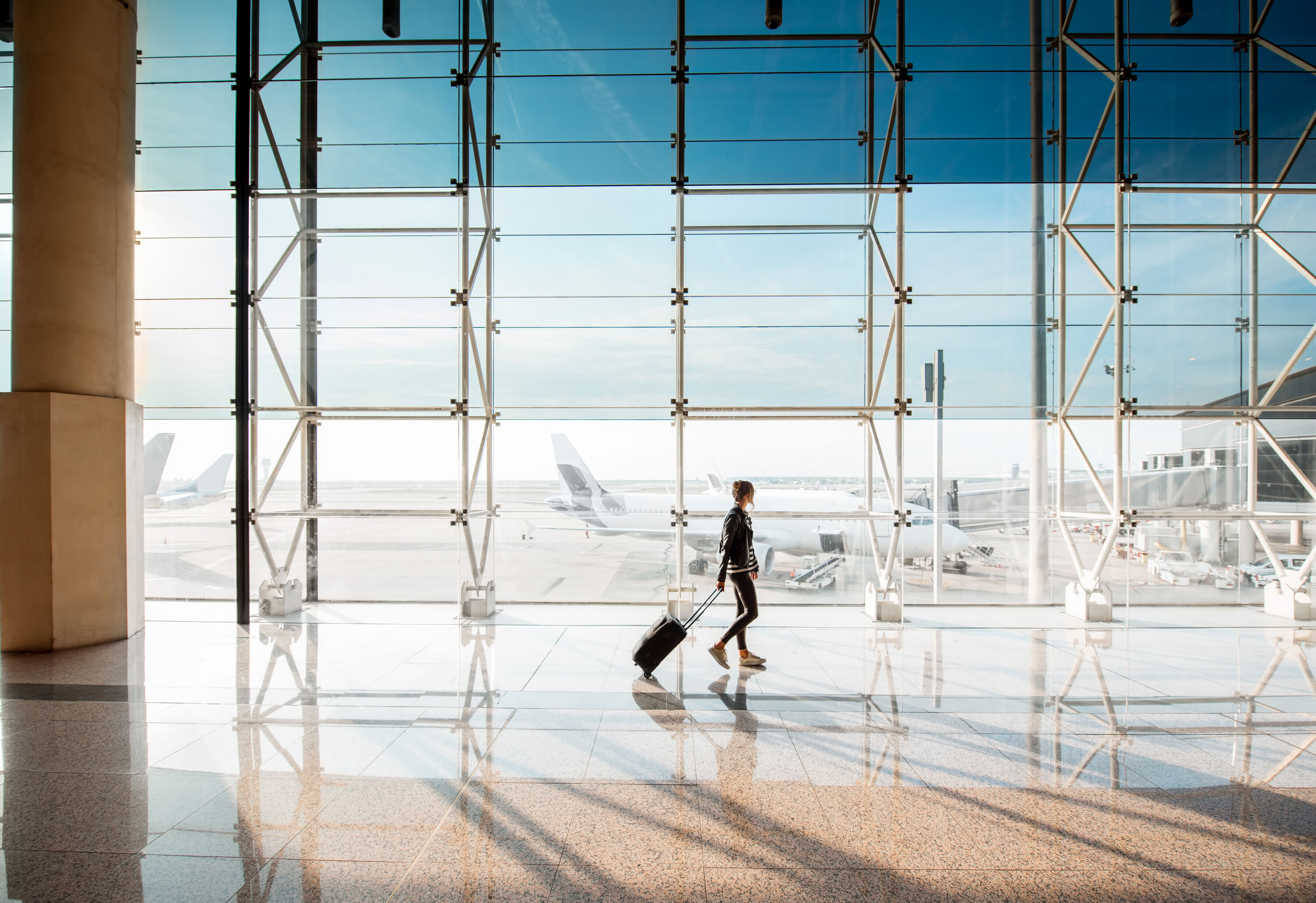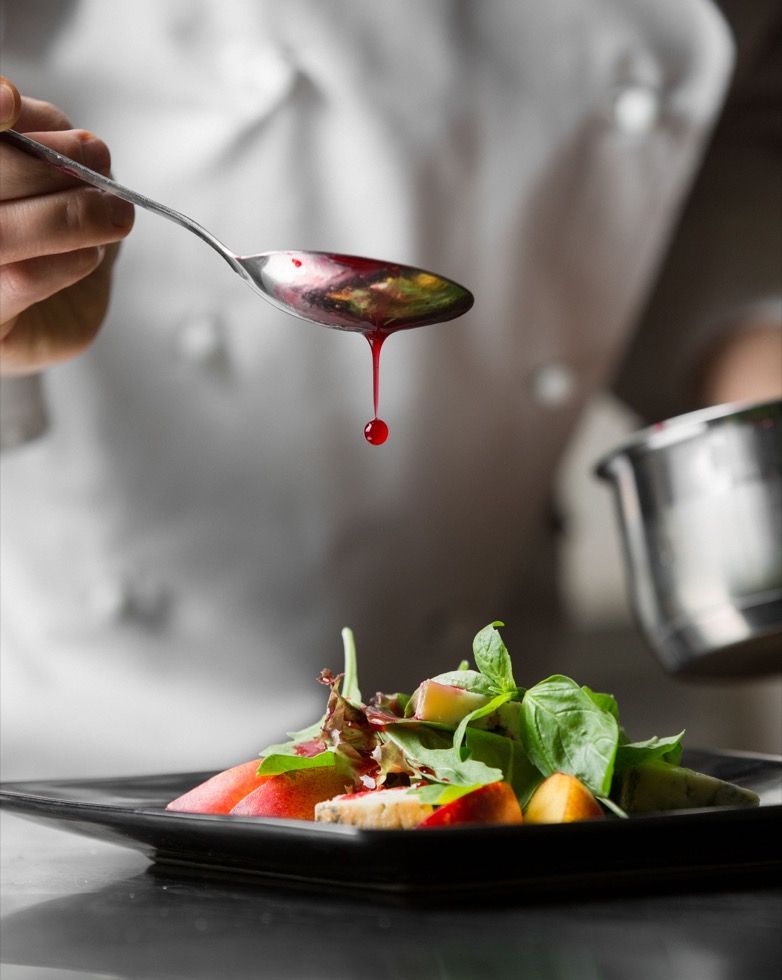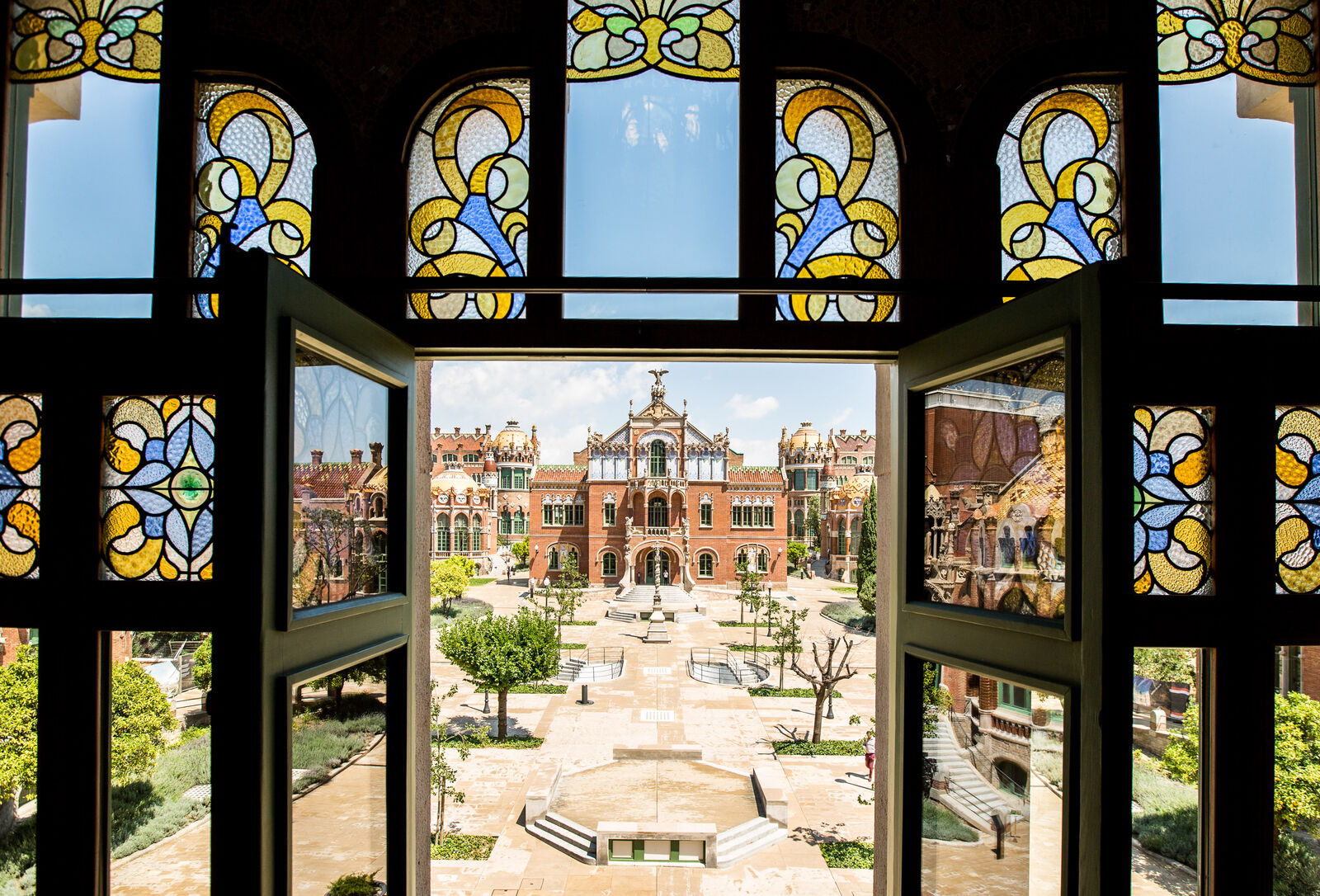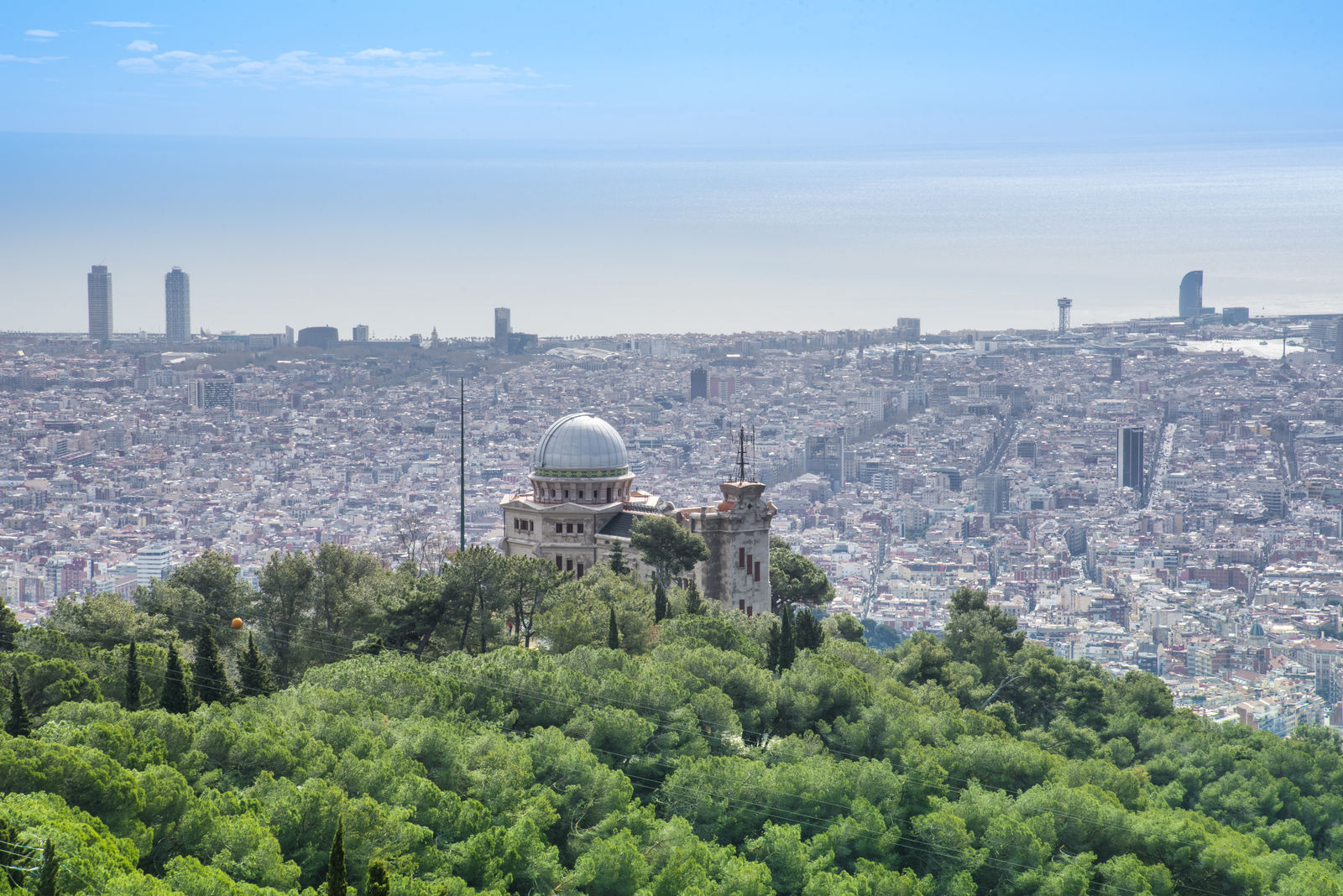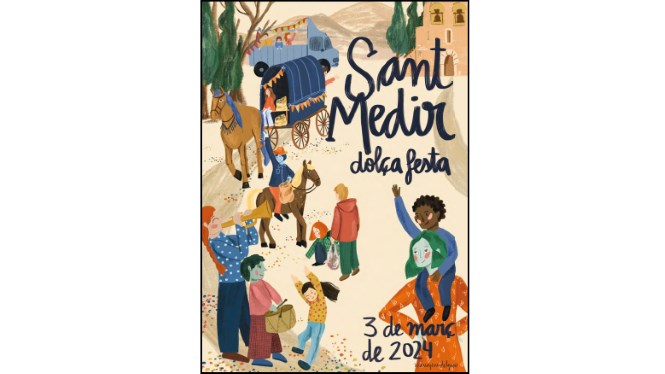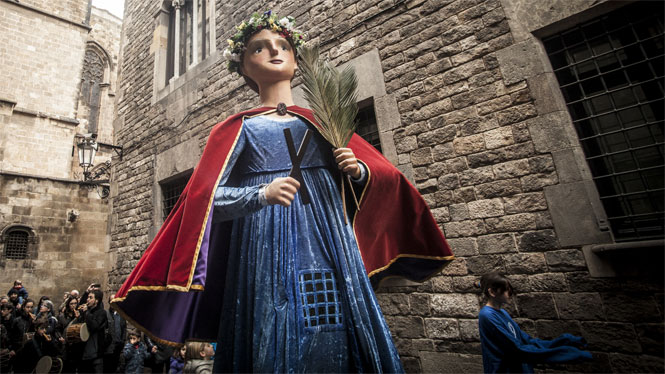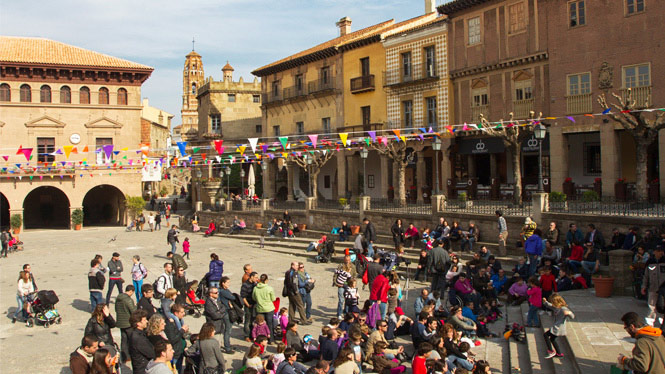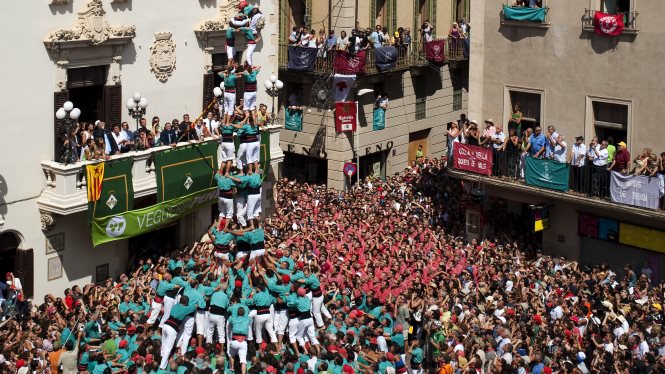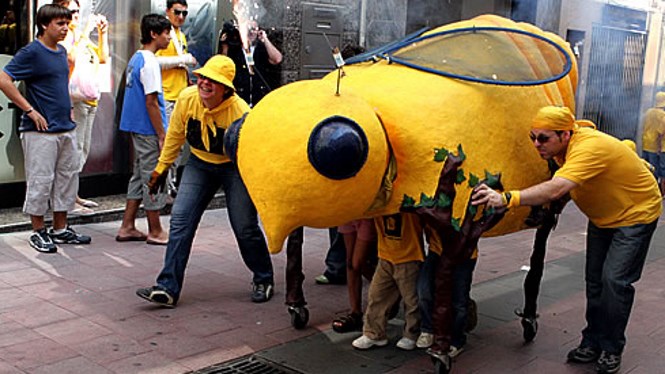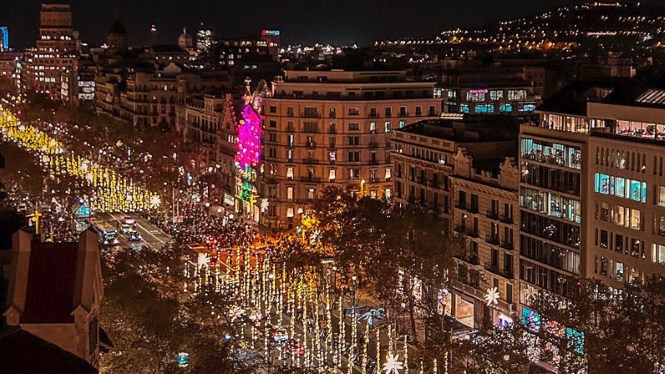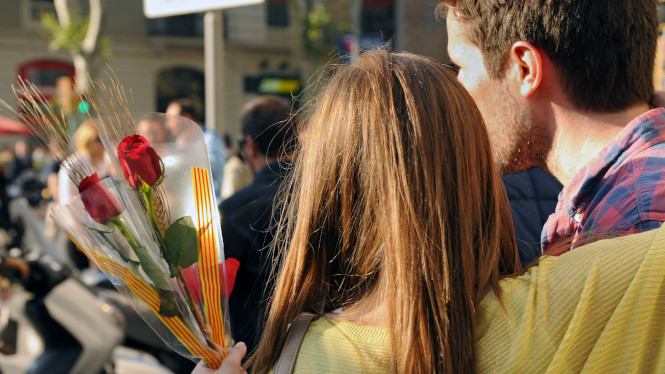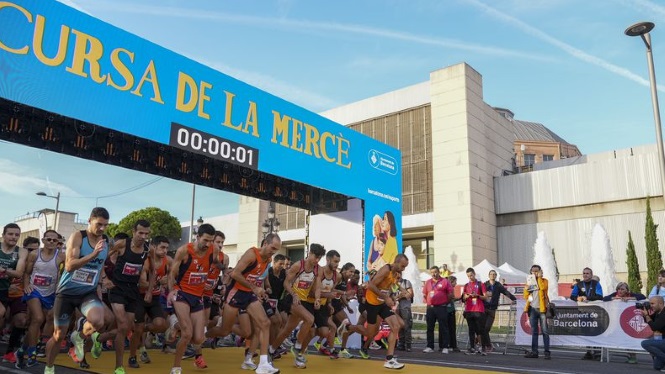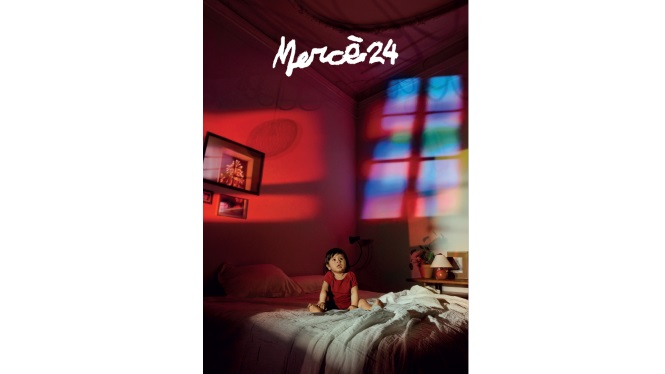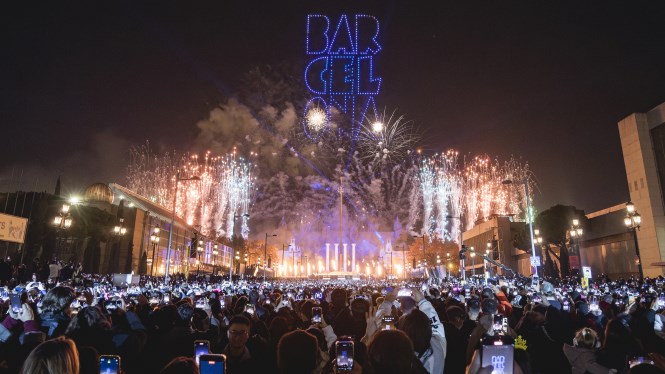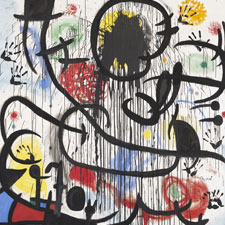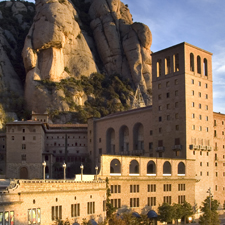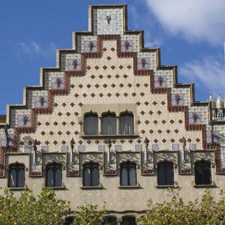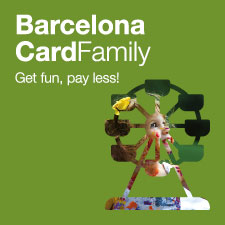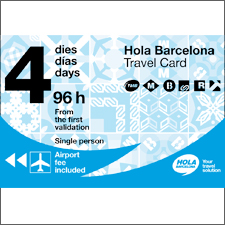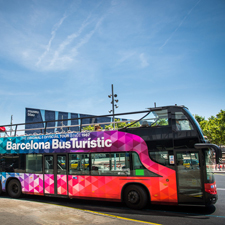Result of your search for "tradition"
-
Every March, the children of Barcelona enjoy one of the "sweetest" festivals of the city. The streets and squares of the charming district of Gràcia become a festival of sweets, bands and horse carriages. This is the Sant Medir Festival and according to tradition originates from the Saint who lived in the year 303 in Barcelona under the Roman rule of Diocletian, who intensely persecuted Christians. According to legend, Sant Medir's beans grew immediately after they were planted and for this he was taken prisoner. A hermitage was built where the Saint lived to mark the starting point of the pilgrimage. In 1830, a baker from the district of Gràcia made a pilgrimage to the hermitage on his Saint's Day to thank the Saint for a honoured promise. Today, this pilgrimage has become a popular tradition with the participation of "colles" from the districts of Gràcia, Sarrià and Sants. Each year,
-
The Santa Eulàlia Festival, the winter festival of Barcelona, is for all the family. During these magical days, tribute is paid to the brave Laia, the girl who rebelled to defend her aims. For the city of Barcelona, this girl was a symbol of solidarity, in defence of justice and commitment to young people. Santa Eulàlia and la Mare de Déu de la Mercè are co-patron saints of Barcelona. To celebrate this festival, different activities are organized for all the family. You can't miss the giants, the processions or the firework street run, human towers, sardanas dancing and musical bands throughout different routes of the city, apart from other activities for both young and old.
On 12th February, the Santa Eulàlia feast day, several events are held, such as raising the Penó de Santa Eulàlia (reproduction of an old banner of the city) on the balcony of City Hall, sardanas dancing, giants...
-
Family Activities at Poble Espanyol
A large area, totally free of traffic, with different places to explore, most of them in the open air. That's the Poble Espanyol de Barcelona, an iconic visitor attraction in the heart of Montjuïc. Every weekend, there's a different activity: theatre, dance, music, magic, treasure hunts, etc. Throughout the year there are loads of activities to ensure you have a great day out with the family: Carnival, a Giants' Parade, a Puppet Festival, the Click and Go Fair, the Main Festival, the Medieval Fair, Christmas at the Poble, Halloween... and many more surprises!. In short, a wide range of activities for all the family.
This year, before the Futbol Club Barcelona matches, enjoy the Barça Fest: music, entertainment, gastronomy and many activities for the whole family to enjoy in the hours before the match. Experience the culé passion on the way to the stadium!*
*This activity is not included in the general admission to Poble Espanyol.
-
Of all the memorable Catalan traditions, which include 'fire runs' and dancing 'giants', it's arguably the human towers that have the most impact on those watching them. To enjoy a true festival of these castells, head to Vilafranca de Penedès for its annual festa major, from the 29th August to the 2nd September, which commemorates the town's patron Sant Fèlix.
The casteller groups that have more participated in the San Félix Day, August 30, have been els Xiquets de Valls (currently, the Colla Vella and the Colla Joves), the Castellers de Vilafranca and the Minyons de Terrassa. Even so, also has participated els Nens del Vendrell, Colla Jove Xiquets de Tarragona, els Xicots de Vilafranca, among others. Each human tower is an exemplary example of team work, from the crowd forming the supporting pinya at the bottom via the columns formed as each level rises and culminating with the youngest members of the crew scampering right to the very top to crown the construction, which is officially completed once the smallest of all (l'enxaneta) raises his or her hand. Cue thunderous applause. -
The Festa de la Fil·loxera in Sant Sadurní d'Anoia is a popular celebration that recreates the town's victory, in 1887, over the terrible phylloxera epidemic that wiped out all the vineyards in the Penedès region. The celebrations include fireworks, music and all the traditional festival figures you would expect.
There's also a kids' version of the festival consisting of a processionfrom Plaça de l'Església. It is one of the most eagerly awaited events. The children wear small-scale replicas of the figures seen at the main celebrations: the phylloxera beetle, the figures with large heads depicting the local farmers, the small phylloxera larvae, figures representing the vines and a group of larvae. Because the procession is for kids no fireworks are involved. -
Switchingon of the Christmas lights
Dates 2025 not yet confirmed.
The streets of Barcelona welcome Christmas with light and colour. From November , the Christmas spirit will light up until January. The motifs of the lighting are different and varied: you will find traditional lights and also highly innovative compositions which invite you to experience and enjoy what the city is planning for these festivities.
-
This is one of the most keenly anticipated and widely celebrated Catalan public holidays. According to the traditional tale, Sant Jordi (Saint George) killed the dragon that used to live in Montblanc where it terrorized the local population, thus saving the king's daughter from certain death. Legend has it that a beautiful rose bush sprang up in the spot where the dragon's blood was spilled. From the 18th century onward, the Sant Jordi festival became widely identified as a Catalan 'fiesta' which these days arouses great popular, civic and cultural passion. On Sant Jordi's Day, lovers exchange a rose and a book and every town and city in Catalonia is filled with stalls set up to sell both.




